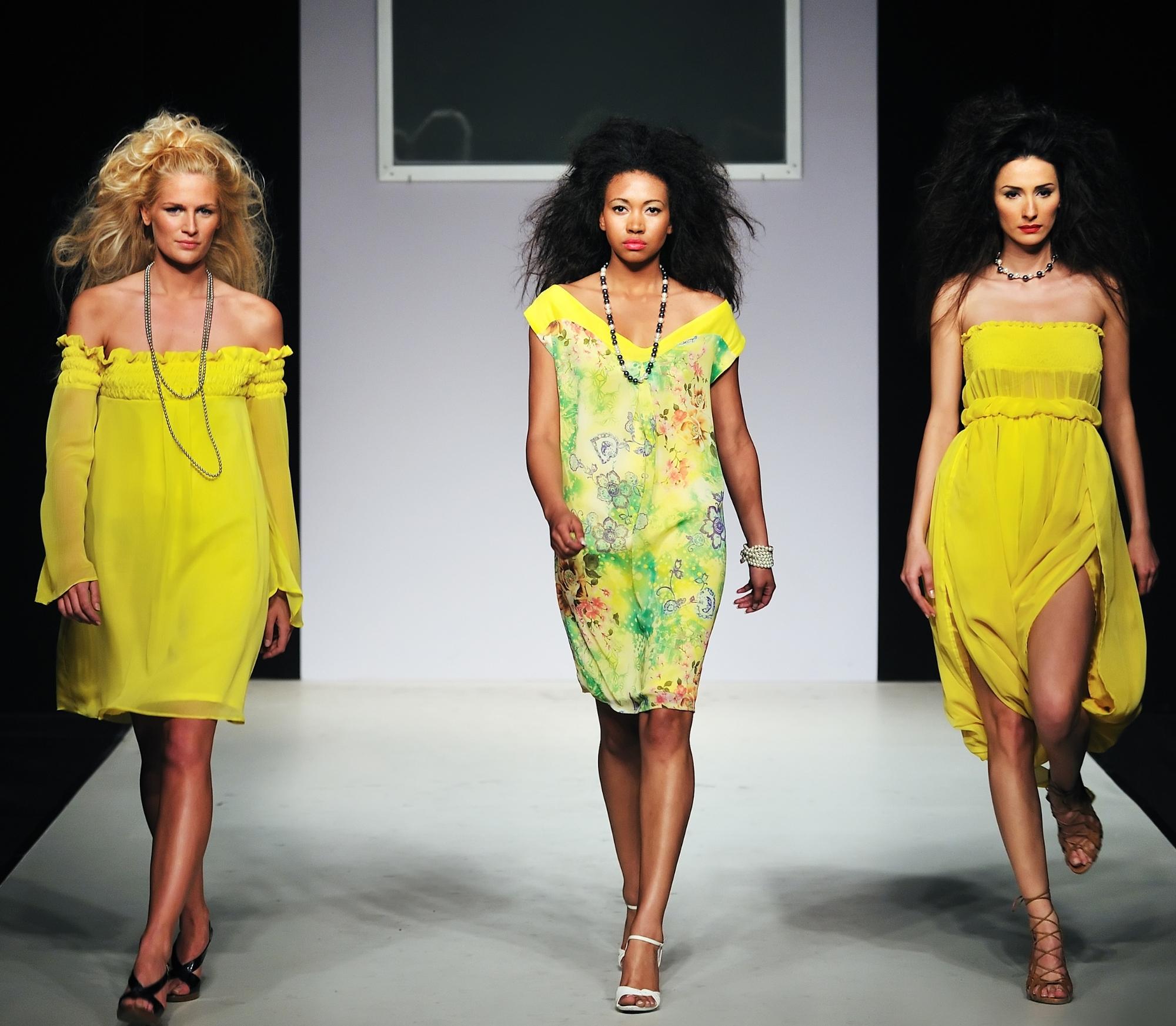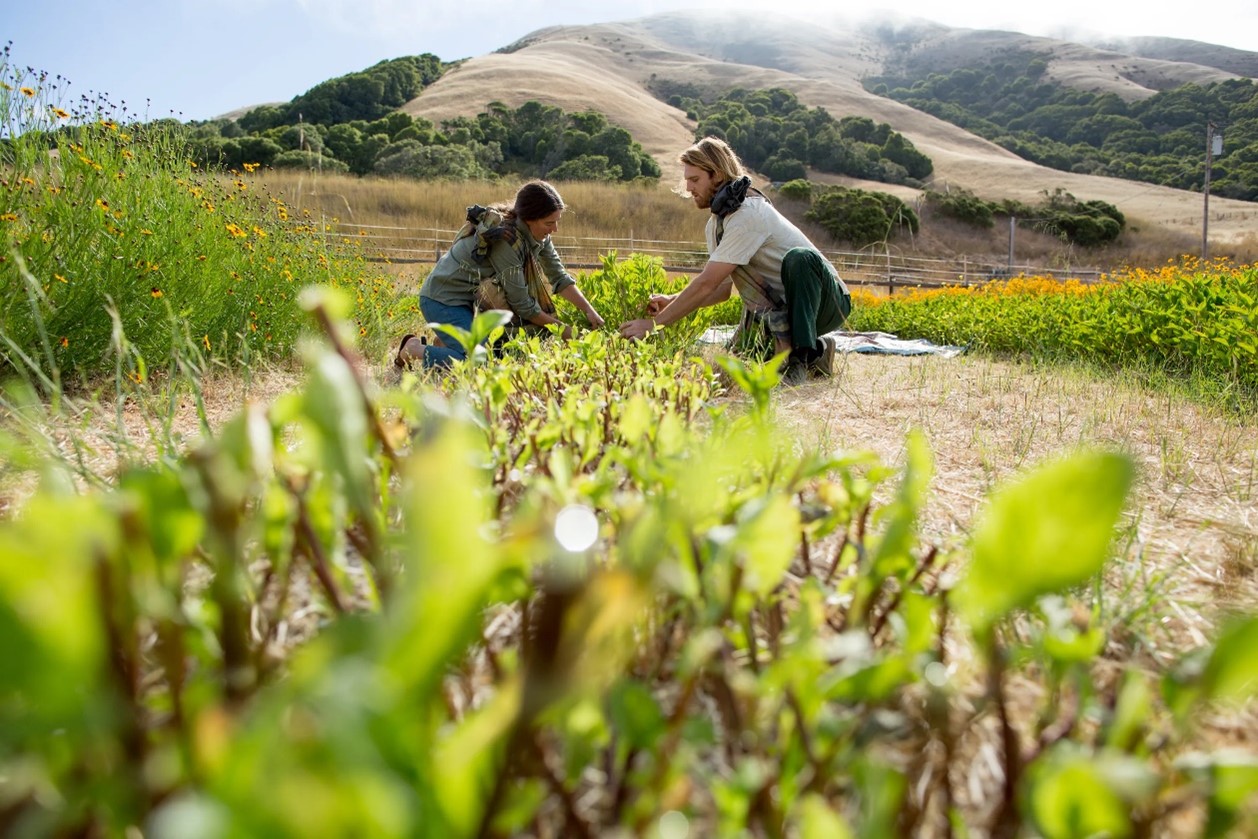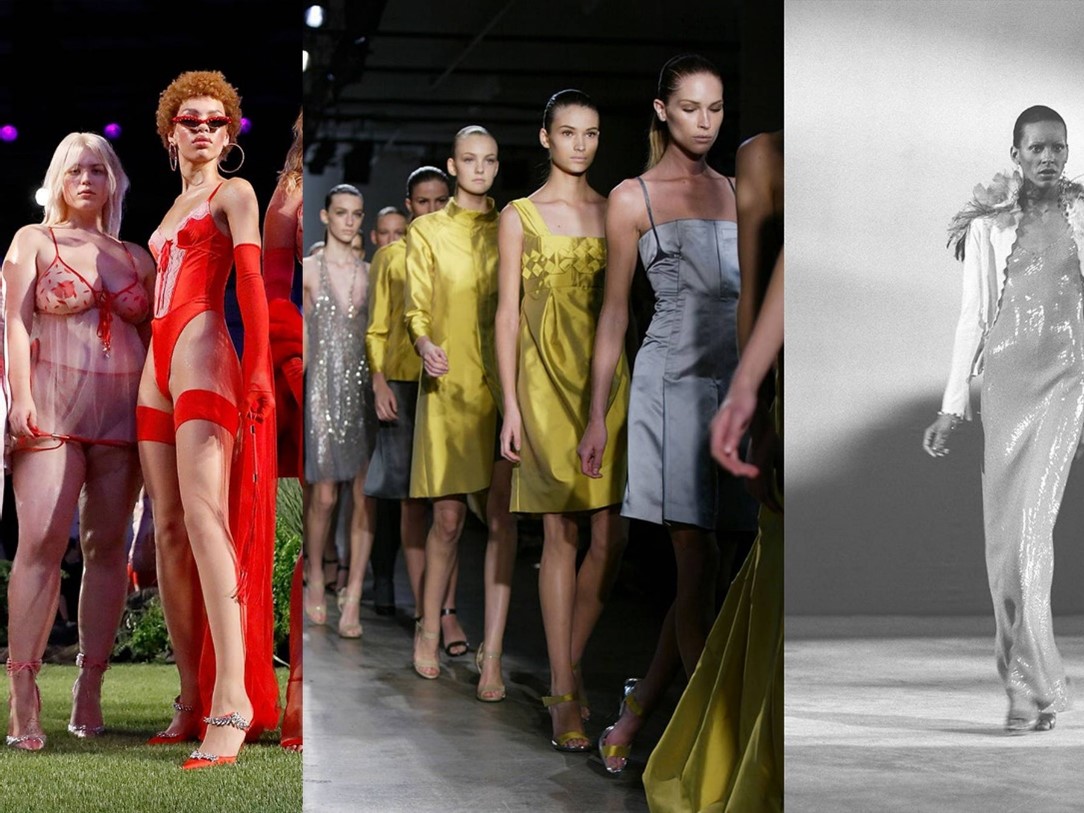
The fashion industry has made rapid strides toward sustainability in the previous several years. Worldwide pandemics, widespread wildfires, scandals involving fast-fashion retailers, and growing public consciousness about climate change have left their (indelible) imprint on our collective consciousness. For environmentally conscious shoppers, fashion should be not only appealing but also beneficial to the environment. Sustainable fashion trends have been gaining popularity, while short-lived design trends are losing their glamour in the fashion industry. This year’s (sustainable) fashion advancements directly result from the rapid advancement of climate technology. A lot of effort is needed to develop a sustainable fashion business; however, the following are some upcoming fashion trends to keep an eye on.
Colors and prints
Sustainable fashion has always been linked with neutral colors and traditional, unchanging styles, but mainstream fashion continues to be dominated by vivid colors and designs. For the most part, this was an attempt to distinguish sustainable clothing from fast-fashion items while also respecting minimalism’s core values. One of the main sustainable fashion trends for 2021 will be a more apparent turn towards bright colors, expressive designs, and interesting patterns. This “conventional” image of sustainable fashion is beginning to evolve. You can find the best online store for women’s dresses and choose the best colors and prints.
Many designers are already working to fill this void by creating eco-friendly apparel that is still fun, vibrant, and stylish. This trend will only intensify in the year 2021. Because of the dull “slob fashion” year brought on by the Covid pandemic lockdowns, we may expect next year’s sustainable fashion to be a lot more vibrant than usual.

Regenerative agriculture
Regenerative farming practices—a kind of farming involving no-tilling yet growing a wide variety of crops to replenish the soil’s nutrients—are being adopted by a growing number of design companies, including Patagonia, to remove carbon dioxide from the environment. Moreover, owing to regenerative technology. Mara Hoffman’s Climate Beneficial knitwear is carbon-free.

Fashion shows are moving digital
When catwalk events were held last year, they had to be done virtually because the regular activities in the fashion industry were practically non-existent.
This year’s virtual runway shows, 3D fashion creations, and other innovations were compelled into the digital realm due to already-existing and likely-to-increase constraints. Digital fashion, when done correctly, is more environmentally friendly than traditional concepts of style.

Diversity and inclusivity have been boosted
Next year’s major fashion keywords will be “diversity” and “inclusivity.” Concerns about environmental justice, racial inequity, and racial stereotyping have been employed in the ethical fashion business for years, but now they are coming to the attention of manufacturers and consumers alike.
Now more than ever, companies are using diverse models to showcase their products. This includes models of varying skin tones, ages, shapes, personalities, and gender identities. Before making a purchase, customers can try on several outfits on models of various sizes and shapes on some fashion websites; on other sites, users can learn about the history of the patterns or materials used in the garments.

Renting out fashion clothes
Renting and sharing clothing is yet another trend countering the consumption of new garments and disposable fashion. A growing number of start-ups, applications, and platforms have developed in recent years to assist consumers in trading or lending out their old clothing for new. In the same way that a library lends out books, one can borrow garments for a limited time.
The system makes sense for exceptional events. And judging by how popular it already is and how long it’s expected to last, it’s a trend that will be here to stay. However, the clothing rental system may not be as circular, environmentally beneficial, or sustainable as it may appear.
